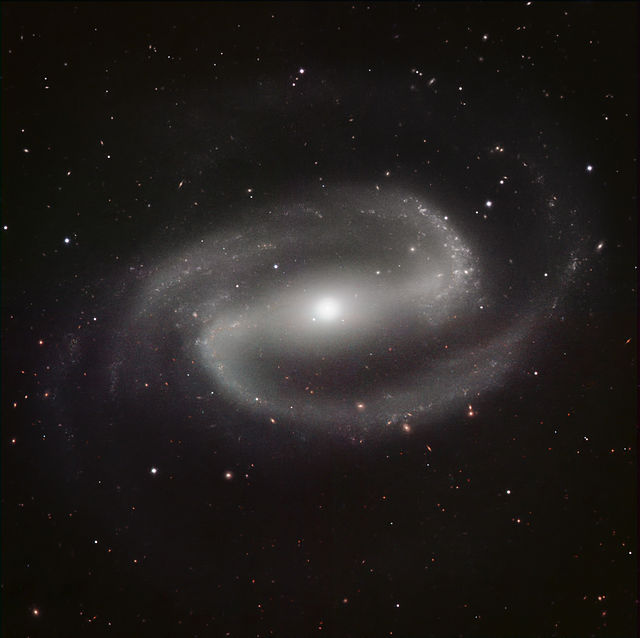A galactic disc is a component of disc galaxies, such as spiral galaxies, lenticular galaxies, and the Milky Way. Galactic discs consist of a stellar component and a gaseous component. The stellar population of galactic discs tend to exhibit very little random motion with most of its stars undergoing nearly circular orbits about the galactic center. Discs can be fairly thin because the disc material's motion lies predominantly on the plane of the disc. The Milky Way's disc, for example, is approximately 1 kly thick, but thickness can vary for discs in other galaxies.
The Sculptor Galaxy (NGC 253) is an example of a disc galaxy
Spiral galaxies form a class of galaxy originally described by Edwin Hubble in his 1936 work The Realm of the Nebulae and, as such, form part of the Hubble sequence. Most spiral galaxies consist of a flat, rotating disk containing stars, gas and dust, and a central concentration of stars known as the bulge. These are often surrounded by a much fainter halo of stars, many of which reside in globular clusters.
An example of a spiral galaxy, the Messier 77 (also known as NGC 1068)
Tuning-fork-style diagram of the Hubble sequence
Barred spiral galaxy UGC 12158
NGC 1300 in infrared light





